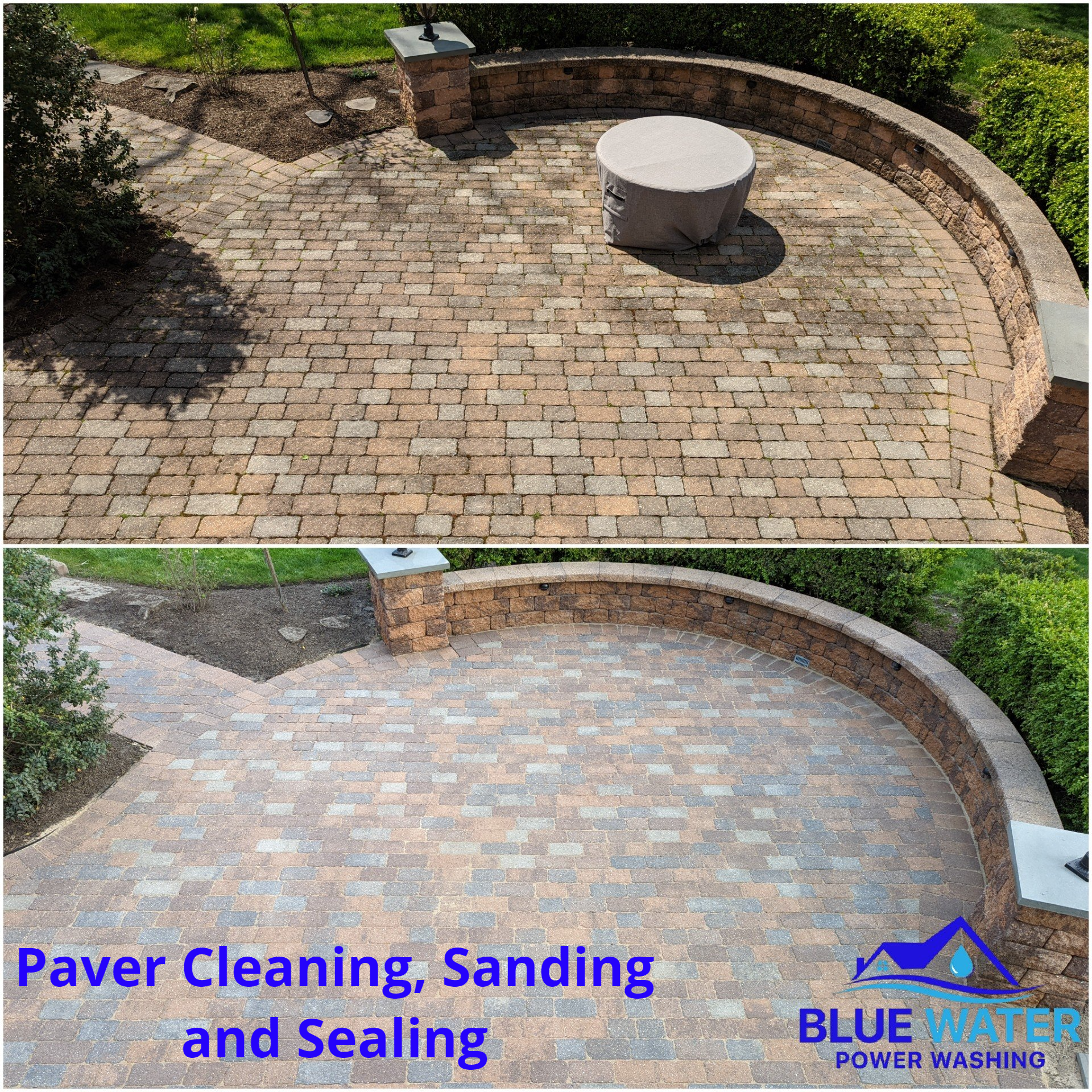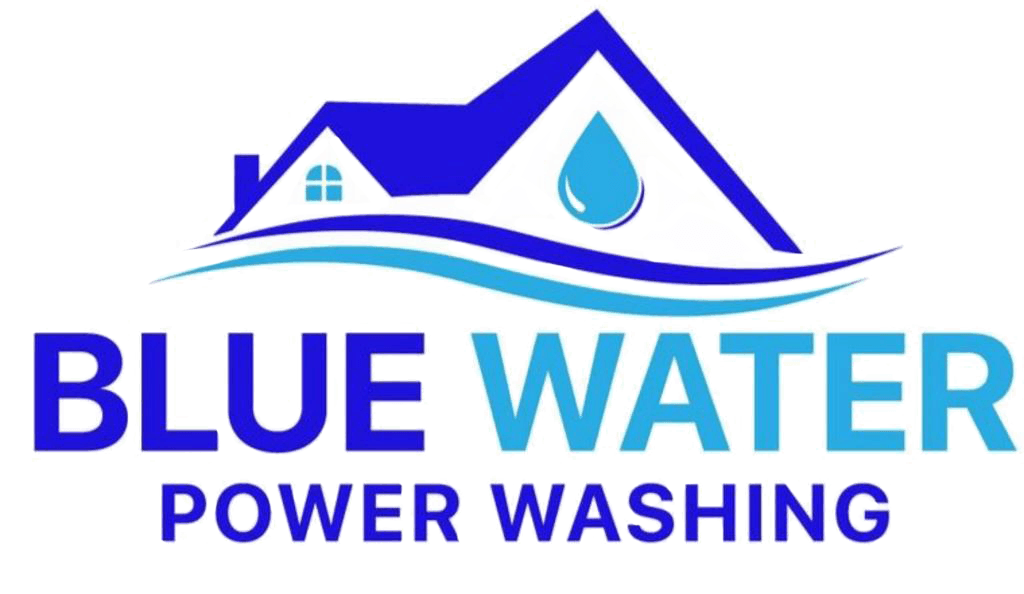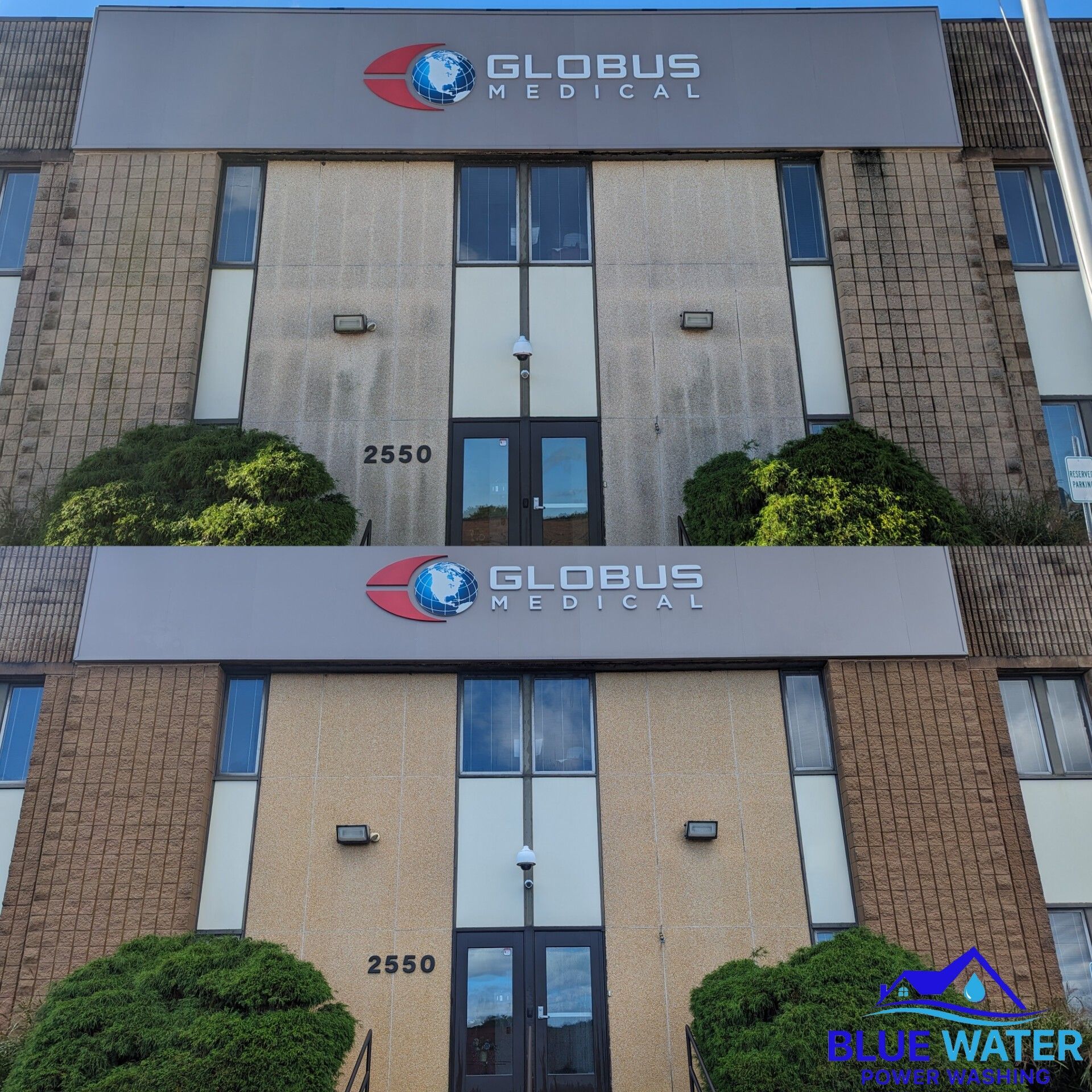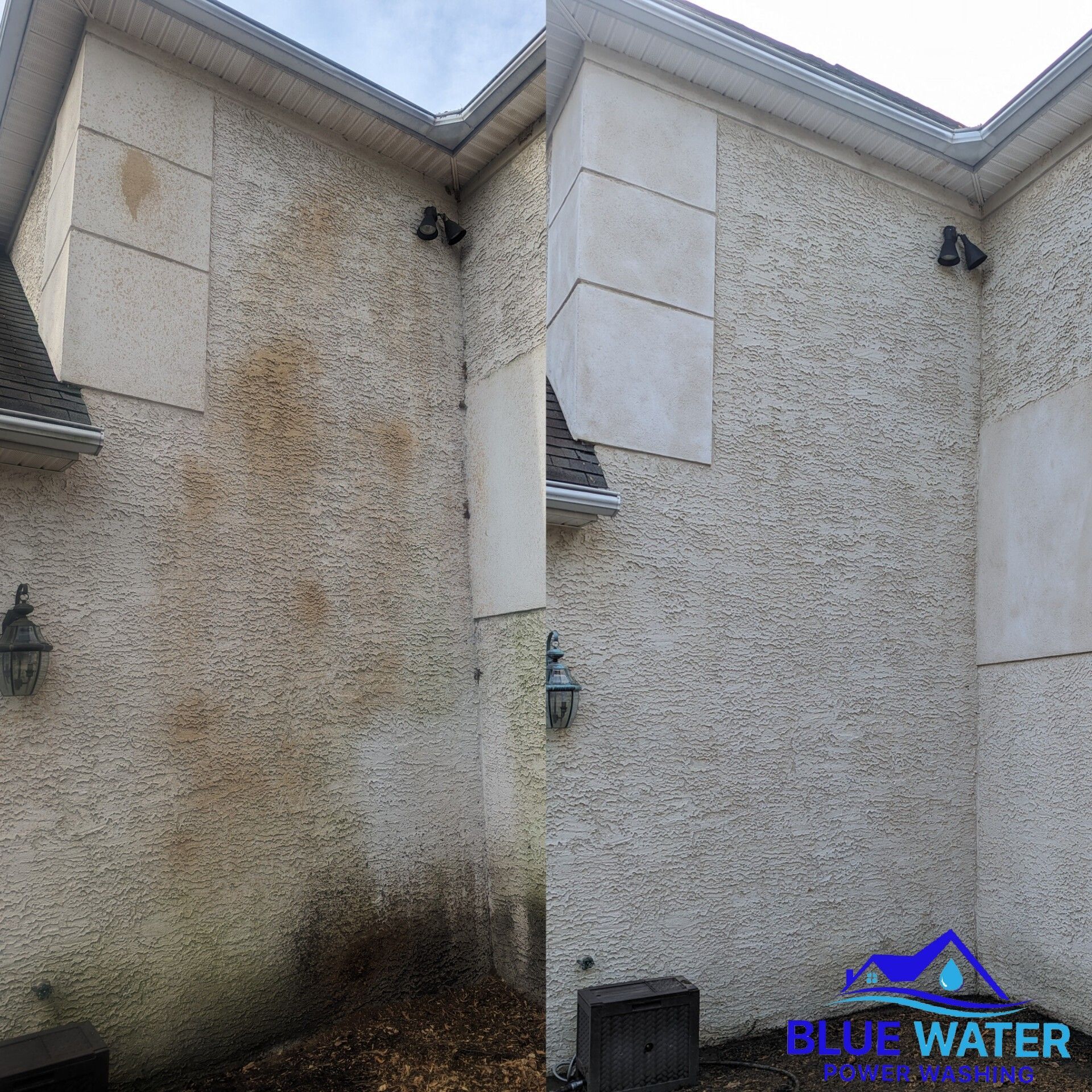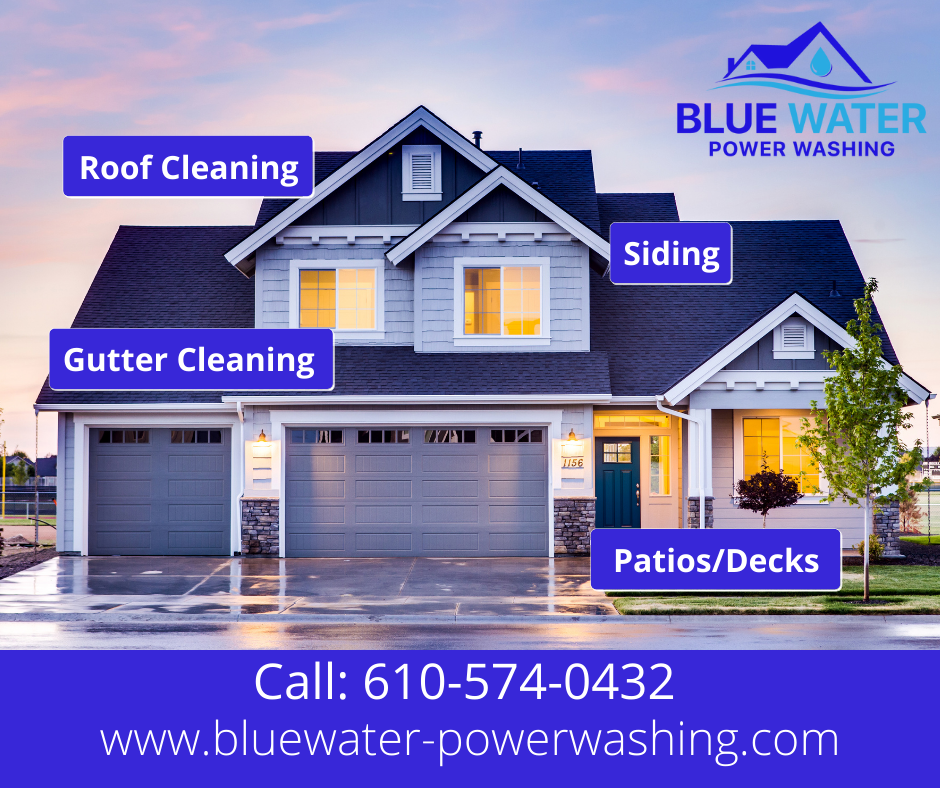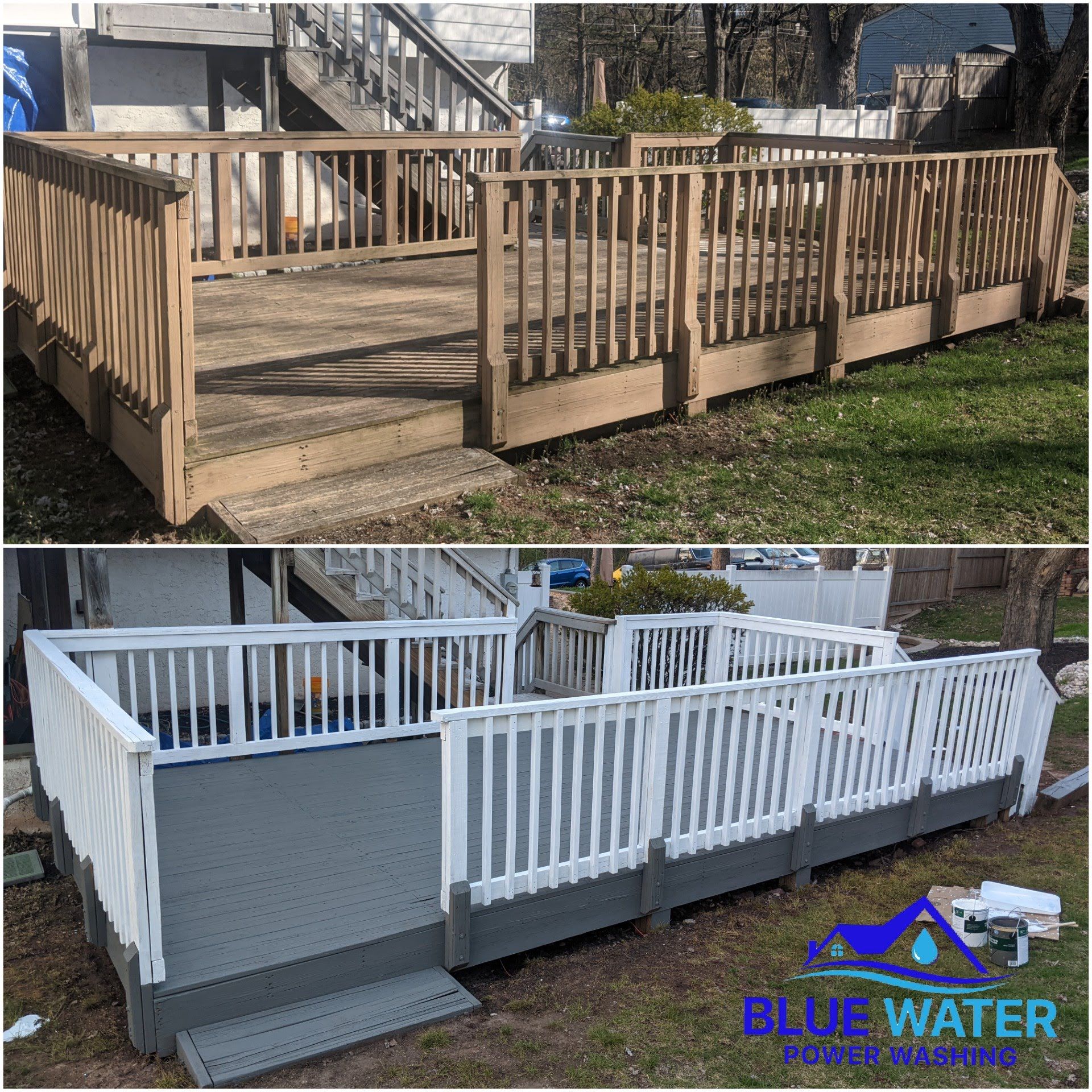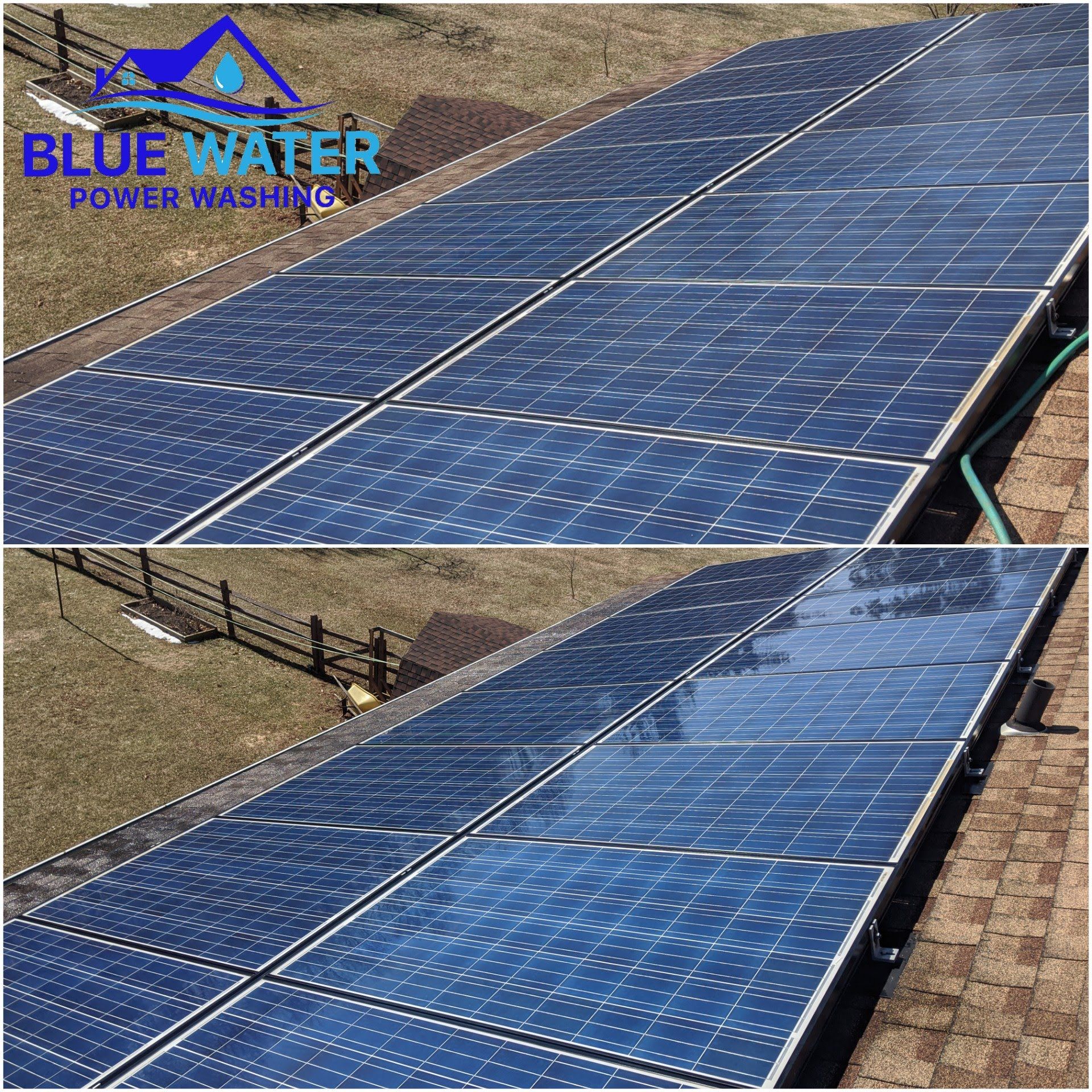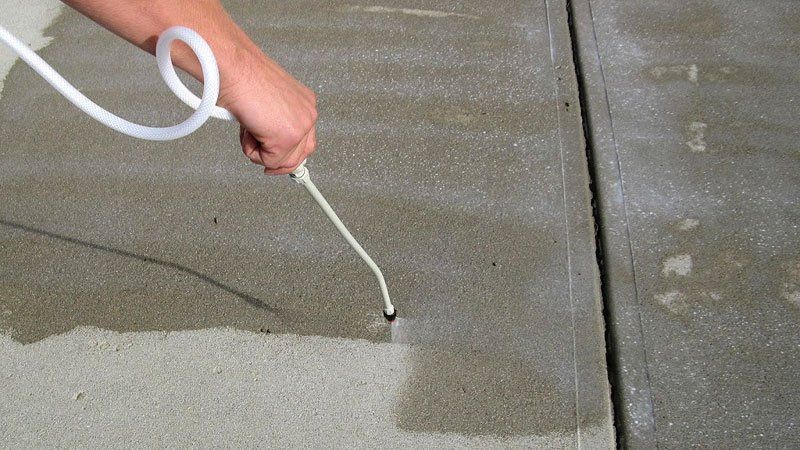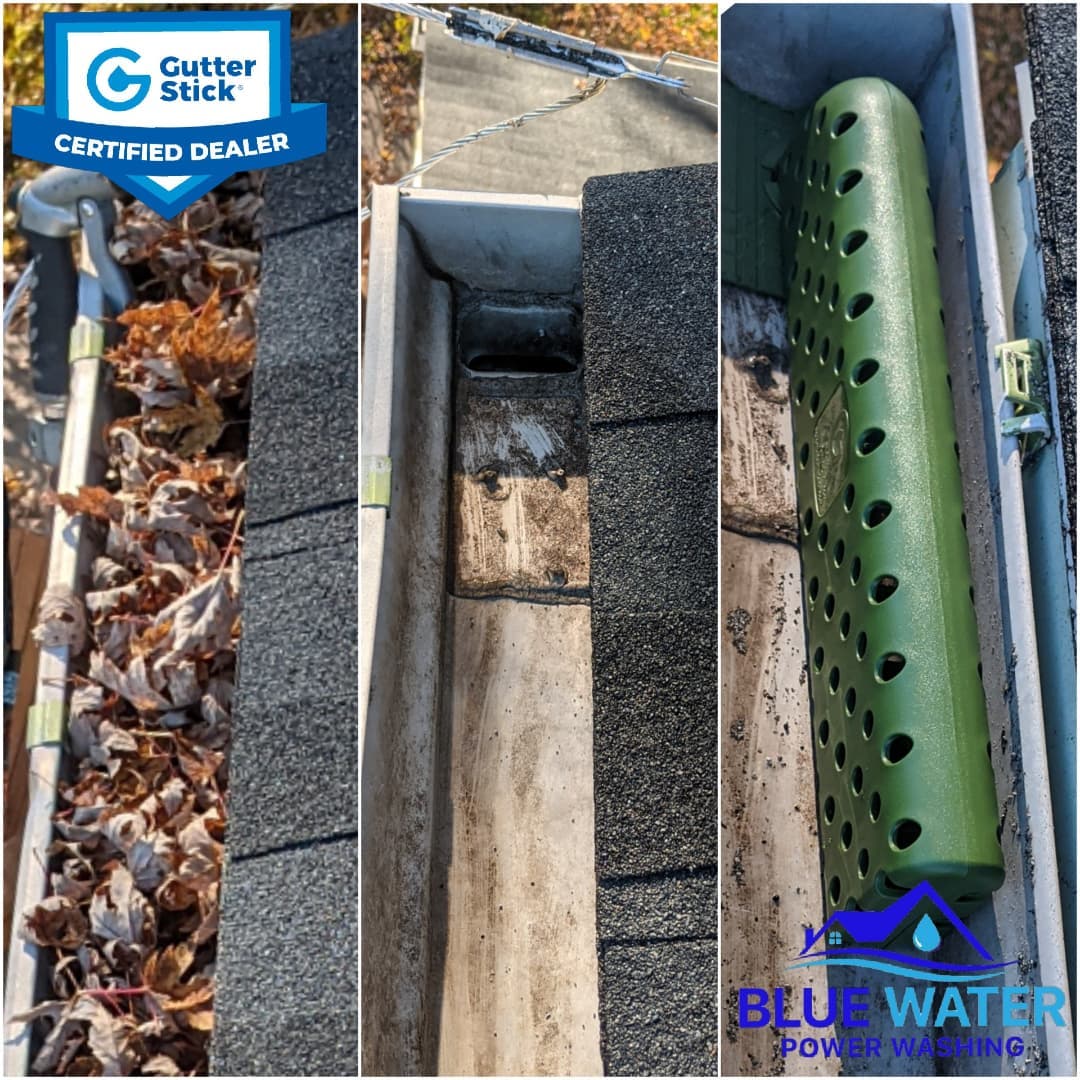How to Properly Pressure Wash Different Substrates
Different types of pressure washing techniques
The term power washing is commonly used when an individual is using a pressure washer that utilizes hot water temperatures to clean the substrate. Pressure washing is cleaning with cold water at high pressure typically in the 2,000-4,000psi range. Soft Washing is using low pressure in conjunction with different cleaning chemicals to achieve a deeper clean.
Which pressure washing technique is best?
Each technique achieves similar results for different staining, but when different techniques are cross utilized they achieve the best results. Power washing is best used for removing food grease, car oil and caked on dirt typically found on post construction clean-ups. When combined with using soft washing chemicals (such as degreasers) the level of clean is 10x more noticeable then just using hot water. Pressure washing is commonly used cleaning vinyl siding and concrete but when not careful of the amount of pressure being used can cause irreversible damage such as scarring concrete and damaging the surface or disturbing oxidation leaving your home looking like Zoro was there. Soft washing is a newer science as of the early 90's and uses an array of cleaning solution products to tackle different types of staining. This involves the person applying to have a vast knowledge of which chemical works best and at what ratios to achieve the best clean without risking damage. When using chemicals it is also imperative to know which chemicals need to be used to follow up to neutralize any pH imbalances to protect the substrate and any surrounding vegetation.
What is a substrate?
A substrate is a surface or material an organism lives, grows or obtains nourishment from. In this blog we will go over the different types of substrates we encounter when working, organisms that can grow on it and flourish if left untreated and how to properly clean the substrate using different pressure washing techniques.
Vinyl and Aluminum siding is susceptible to algae, mildew and, in the worst case, lichen growth, typically on the North and West facing areas due to the least amount of sun exposure. The proper way to clean would be to utilize both soft washing and pressure washing techniques. First would be to apply a low strength algaecide to kill off any living organisms, followed by a dialed down pressure wash (600-800psi) to rinse all dead growth off. This allows for the deepest clean without worry of damaging the siding or disturbing any oxidation.
Due to the delicate and porous nature of stucco and brick it is advised to only wash these surfaces using low pressure soft washing techniques. While no high pressure is advised this means typically higher chemical strengths have to be used. Typically you will see this in the color of black areas on stucco chimneys and around window frames where moisture tends to collect the most and create a breeding ground for algae and mildew. It is important that the technician applying these cleaning chemicals is following up with pH neutralizers after rinsing to make sure no future harm is done to the surfaces being cleaned. If higher pressure is used, you may find pieces of brick and stucco laying on the ground next to the cleaning area.
Concrete is very durable but at the same time if to much pressure is applied or if the concrete has a weaker top coat, you could risk potential damage by applying to much pressure trying to clean a stubborn area. This is where soft washing and pressure washing come in handy. It is best to pre and post treat with algaecides to get deep into the pores of the concrete before hand to make cleaning easier. And it is important to post treat to make sure the cleaning solution can evenly clean the surface if any stubborn growth spots didn't come clean with the pressure cleaning. It is worth noting that you can seal your concrete with a clear penetrating sealer that will keep moisture from getting into the pores to keep your walkway and patios cleaner for longer.
Asphalt roofs are prone to gloeocapsa magma, which is a strain of algae that feeds off of the limestone in asphalt shingle granules. It first starts to appear in dark streaks on your roof before spreading and if left untreated can start growing moss that can flair your shingles and cause premature aging leading to a costly roof repair. Soft Washing is recommended by the Asphalt Roofing Manufacture Association (ARMA) to maximize the life of your roof and keep you within the maintenance warranty. This type of cleaning requires the highest concentration of cleaning solution but when applied by a professional is safe and effective. When hiring a professional make sure that they are rinsing and using neutralizers. Otherwise the next rainstorm can wreak havoc by bringing all the leftover chemical off the roof, through your gutter system and potentially harming the landscape near downspouts.
Pressure Washing Wood Deck and Fence
When pressure washing wood, there are a lot of variables due to sealers that have been used, type of wood and level of organic growth. We have another post that goes in-depth you can read here ( How to Properly Clean Wood Decks and Fences ) Ultimately you need a wood grade cleaner and neutralizer to properly clean and rebalance the pH level of the wood to keep the wood fibers in tact. Medium pressure should be used from a safe distance and in consistent fan motion per length of each board. Wood is very delicate and when scarred is hard to repair unless it is replaced.
Power Washing Concrete Grease and Oil
Concrete with grease and oil is when you will benefit from using a hot water pressure washer. Just like when washing the dishes hot water provides a better clean then cold water. In conjunction with degreasers to penetrate the surface and lift out any grease and oil when followed up with hot water will give the best results. This is usually for restaurant dumpster pad areas, high foot traffic areas where people may be tracking oil on the bottom of their shoes and any concrete drive thru area.
Summary of Article
When hiring a local pressure washing company it is best to ask questions to make sure they are knowledgeable in cleaning the substrate you need them to clean. Follow up questions are highly encouraged and an honest professional will be happy to answer them truthfully. All different pressure washing techniques have their positives but when combined with other techniques a professional pressure washing company can achieve the best results safely.
